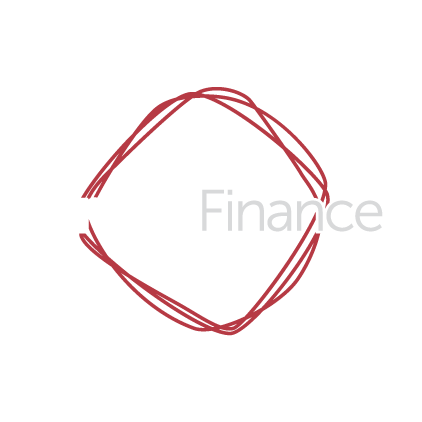The recent rate rise has put pressure on the major banks to review their mortgage lending policies. In response to this, some of Australia’s biggest banks have tightened their lending criteria, which may make it more difficult for borrowers to get a loan.
If you’re thinking of buying a property in the near future, it’s important to be aware of how these changes may affect your borrowing power.
Why Banks Are Tightening Lending Practices And What It Means For You
With interest rates expected to rise in July, financial institutions and the Australian Prudential Regulation Authority (APRA) are focusing more on lending caps. This is to prepare for the increased impact higher interest rates will have.
APRA started making moves as early as late last year when it announced new borrowers would need to be tested to see if they could cope with interest rates at least 3% above the current rate (up from 2.5% previously).
APRA Chair Wayne Byers has indicated the regulator was concerned about the rise in high DTI loans being issued by some banks.
“We will also be watching closely the experience of borrowers who have borrowed at high multiples of their income – a cohort that has grown notably over the past year,” he told the AFR Banking Summit in Sydney.
“Interestingly, this growth has not been an industry-wide development, but rather has been concentrated in just a few banks.”
How DTI ratios work
Your DTI ratio is very simple to work out.
Your debt-to-income ratio (DTI) compares how much you owe each month to how much you earn. Specifically, it’s the percentage of your gross monthly income (before taxes) that goes towards payments for rent, mortgage, credit cards, or other debt.
The formula is: total debt / gross income = debt-to-income ratio.
So, if you’re seeking a $700,000 home loan (and have no other debt), and you have $160,000 in gross household income, your DTI is 4.375 – a ratio most lenders would be very comfortable with.
However, a household in the same financial position seeking to borrow $1.4 million for a home would have a DTI of 8.75, putting it above the caps now being imposed by some banks.
To give you an idea here are some examples of their lending criteria.
- This week ANZ lowered a key lending cap, indicating it will no longer lend to borrowers with a debt-to-income (DTI) ratio above 7.5 (meaning people can borrow up to seven and a half times their gross annual income).
- NAB meanwhile has reduced its cap to eight times a borrower’s income.
Up until this recently, both banks had been willing to lend up to nine times a borrower’s income.
In effect, these changes mean the maximum amount you can borrow with them to buy a property will be reduced.
Fellow big four banks CBA and Westpac have not announced any reductions but have said they’re already applying tighter lending rules to borrowers seeking loans with high DTI ratios.
How much can you safely afford to borrow?
There is a delicate balance between making the most of your investment opportunities and overextending yourself, especially when interest rates are increasing. This is where we can help.
In the current financial landscape, it is not only important to stress-test what you can borrow, but also to stress-test against any upcoming headwinds that may impact borrowers, such as multiple interest rate rises.
If you’d like to find out your borrowing capacity and options, please get in touch today. We would be happy to sit down with you and help you map out a plan.
Disclaimer: The content of this article is general in nature and is presented for informative purposes. It is not intended to constitute tax or financial advice, whether general or personal nor is it intended to imply any recommendation or opinion about a financial product. It does not take into consideration your personal situation and may not be relevant to circumstances. Before taking any action, consider your own particular circumstances and seek professional advice. This content is protected by copyright laws and various other intellectual property laws. It is not to be modified, reproduced or republished without prior written consent.








































